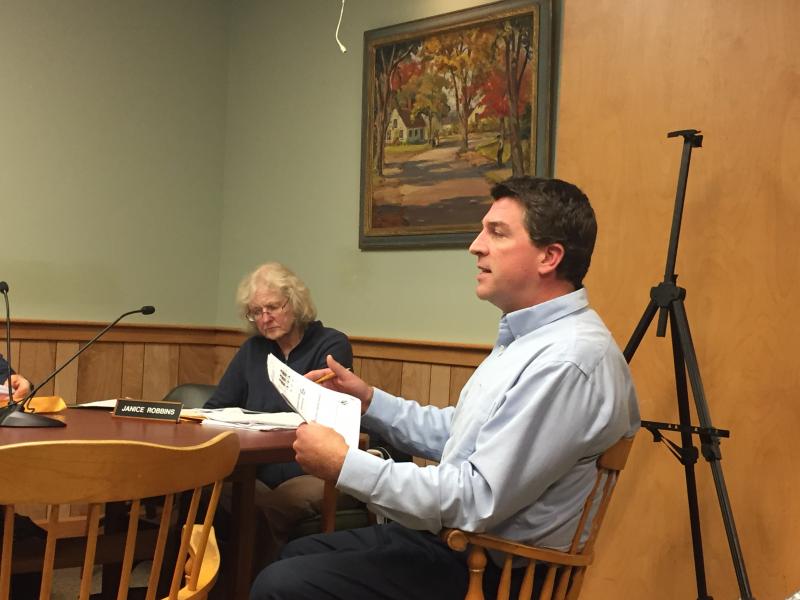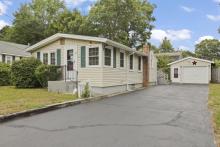Mattapoisett to gather input for state housing requirement
MATTAPOISETT — Facing an aging population and a lack of affordable housing, the town should revise bylaws to promote affordable housing, a regional planning official told the Planning Board Oct. 29.
Grant King of the Southeastern Regional Planning and Economic Development District was at the Tuesday meeting to present his preliminary work on a grant that Mattapoisett got to develop a "housing production plan," aimed at bringing Mattapoisett's affordable housing stock up to the state-required 10% of total housing.
At present, only 2.67% of Mattapoisett housing meets the state's definition of being affordable. Under the state's Chapter 40B affordable housing law, that means developers who construct affordable housing do not have to comply with a range of local zoning and environmental regulations.
King noted that there are no 40B projects currently under construction in Mattapoisett — but cautioned planners that getting affordable housing up to 10 percent was the only way to avoid them in the future.
To introduce the plan, King presented the data that his team has found so far.
That data shows that 42% of Mattapoisett households include a person older than 65, and that 11% of the households are seniors that live alone. About a quarter of the households have children, but that number is down from about a third in 2000.
Retirement-aged residents have doubled since 2000, from 16.6% to 33.5%.
Though Mattapoisett is affluent compared to neighboring towns, the study still showed a fluctuating but significant “affordability gap” between what people can afford to pay for houses and their sales prices.
Many houses were also built before 1969, meaning many homeowners face significant maintenance costs on houses, which affects affordability.
King suggested that examining and changing the housing bylaws could also set the tone for what type of housing developers would put in. Though bylaws might seem restrictive, King said when towns describe outcomes they like, developers love it.
In his presentation, King mentioned colonial style houses that would mimic the dense colonials in Mattapoisett Village as a possibility for a development. However, Planning Board members seemed to favor a plan that would scatter units and work them into the landscape to make them less visible.
One thing was clear from the discussion, though. The Planning Board didn’t aim to decide for the town. “I don’t think a four or five member board should decide,” Chairman Thomas Tucker said.
Planning Board member Karen Field noticed that the population was expected to decline in coming years, and asked why that would lead to more housing. King responded that projections vary, and it is difficult to say what will happen.
Janice Robbins said that part of the town is reluctant to change, while another part is more forward-thinking. King didn’t have a solution, but suggested that upcoming work to update the town’s 20-year-old Master Plan is a good time to find a group consensus.
In the meantime he will talk to other boards, including the Community Preservation Committee and Council on Aging. The plan must also go before the Board of Selectmen and state for approval before it is final.













